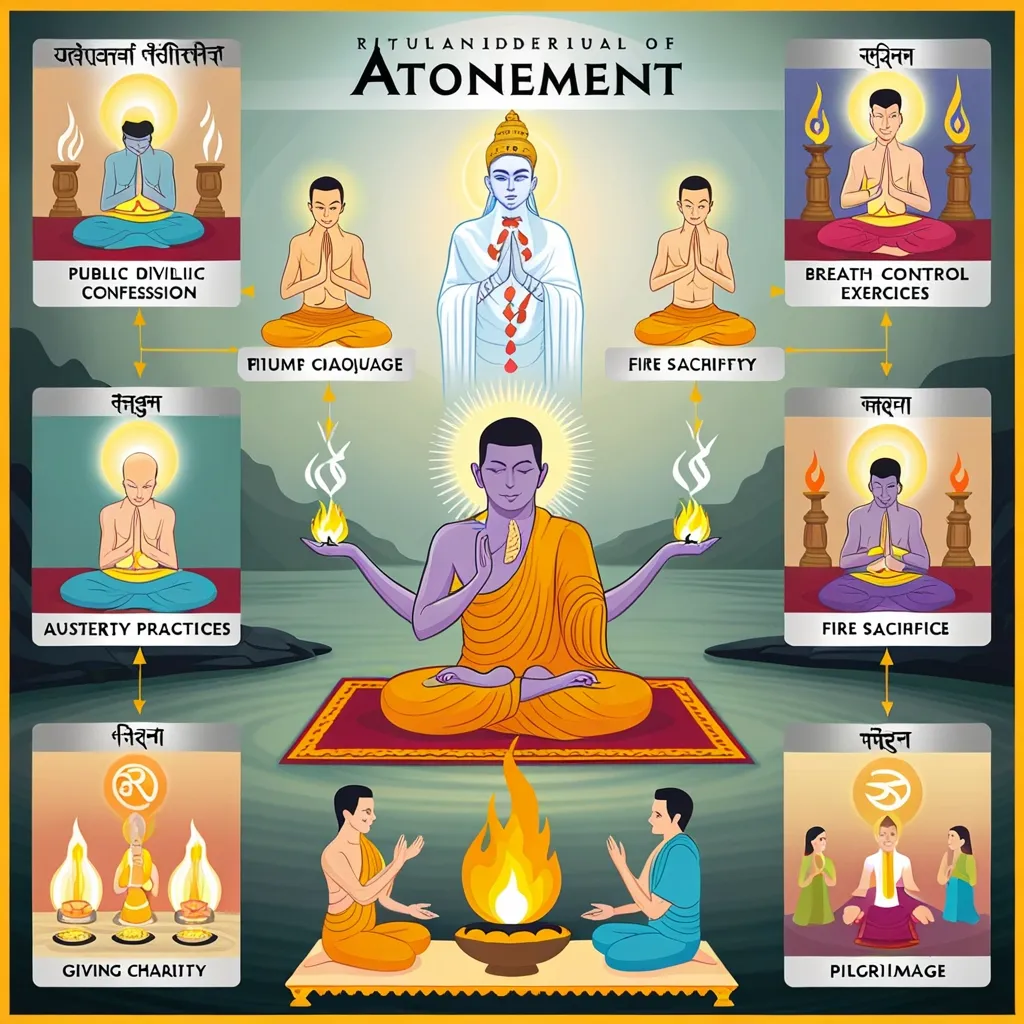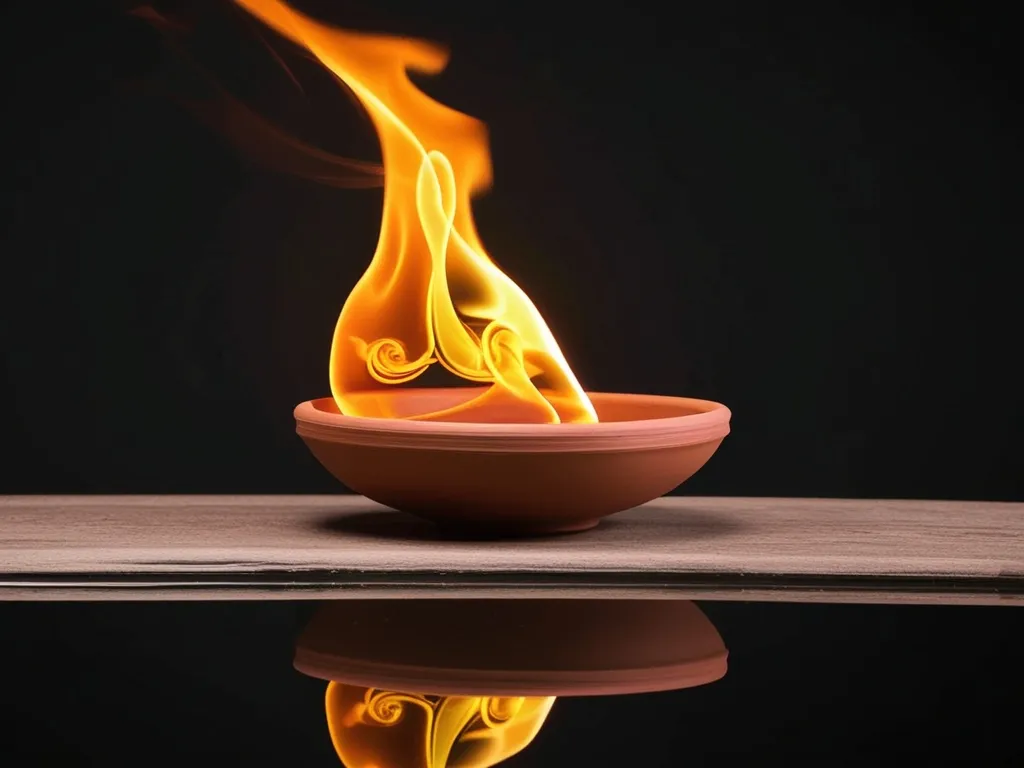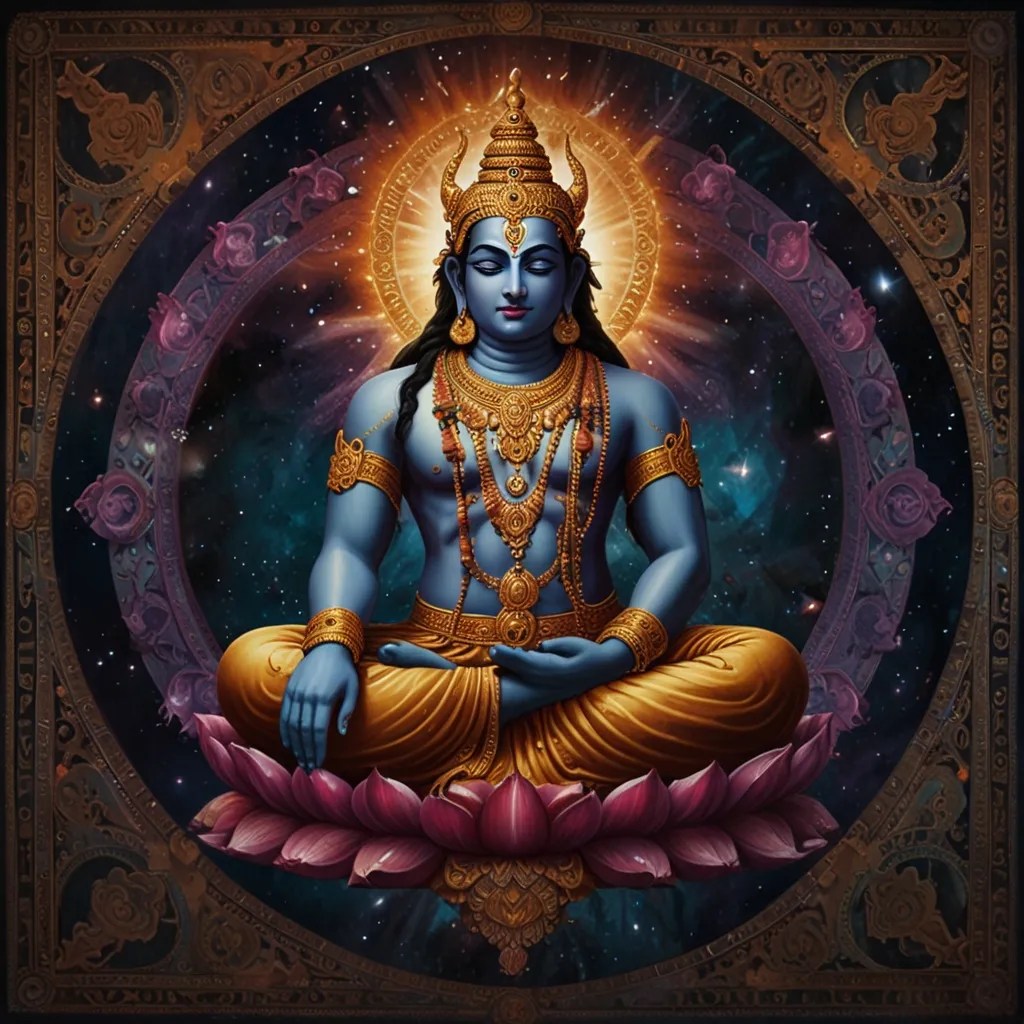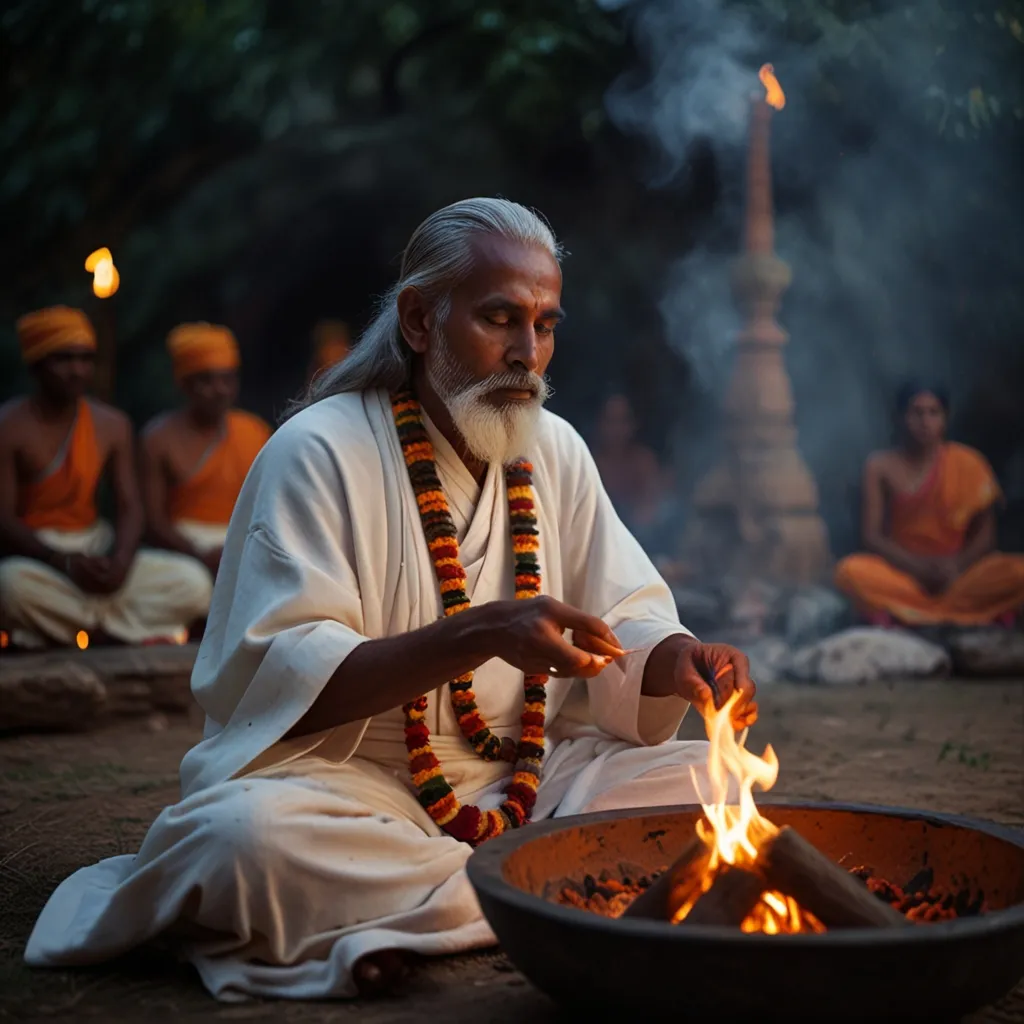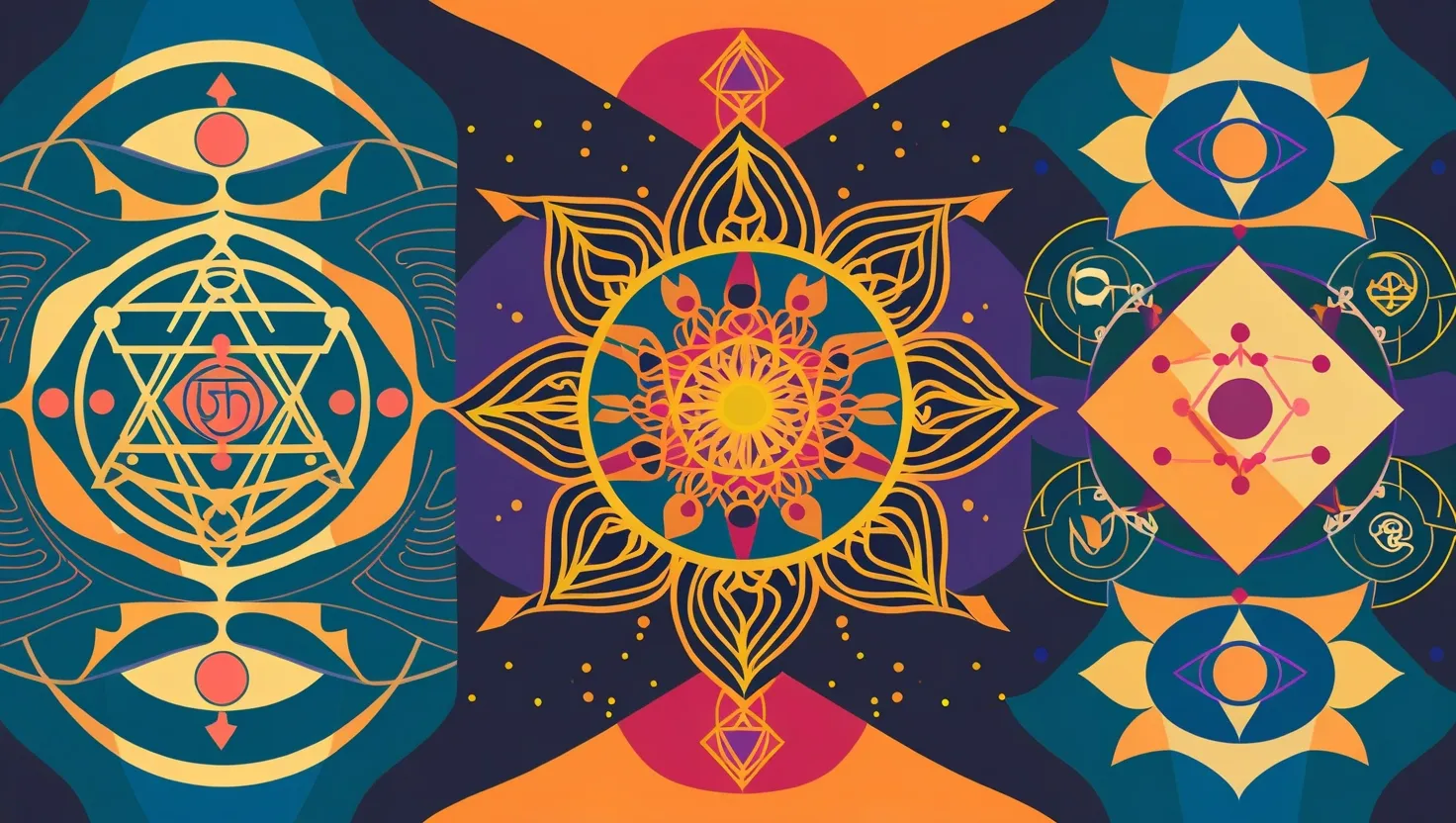In Hinduism, the concept of atonement for sins revolves around restoring balance and purity to the soul. This process, called Prayaschitta, involves various rituals and practices meant to undo the karmic consequences of one’s misdeeds. While the Yajur Veda doesn’t go into details, other Hindu texts offer comprehensive guidance on performing Prayaschitta.
Prayaschitta is more than merely atoning for sins; it’s a way to reconnect with the divine and purify the soul. It involves admitting errors, confessing them, and performing acts of penance to reduce the negative karma linked with those actions. This idea is central to Hindu dharma, highlighting the significance of self-reflection and corrective actions.
Prayaschitta methods are diverse and depend on the nature of the wrongdoing. Here’s a look at some common forms:
Public Confession (Abhishasta): One way to start the process is by making a public confession in the presence of a respected figure, such as a priest or elder. This act of humility is a crucial first step.
Repentance (Anutapa): Repentance is all about reflecting on the misdeed, disliking the action, and resolving never to repeat it. This internal process aids in personal growth and spiritual cleaning.
Breath Control (Pranayama): Similar to yoga, Pranayama involves breath control exercises. Mastering one’s breath helps achieve mental clarity and spiritual balance.
Austerity (Tapas): Practices like fasting, wearing wet clothes until they dry, or sleeping on the ground fall under austerity. These acts help cleanse the body and mind.
Fire Sacrifice (Homa): Performing a fire sacrifice with specific mantras is also a form of Prayaschitta. This ritual is usually accompanied by Vedic prayers.
Recitation of Mantras (Japa): Reciting Vedic prayers, either out loud or silently, is a common atonement method. Specific sins often require certain mantras like the Gayatri Mantra.
Charity (Dana): Giving to the needy, whether it’s cows, horses, land, or food, helps balance one’s karma. Acts of generosity are another way to atone.
Pilgrimages (Tirtha): Visiting sacred sites or bathing in holy rivers like the Ganga can cleanse the soul of impurities. These journeys are considered potent forms of Prayaschitta.
Certain rituals must precede penance, such as paring nails, head shaving, bathing with clay and holy water, and drinking clarified butter. The sinner must also declare their intention to perform penance, usually in the presence of learned Brahmins.
Strict rules govern the penance period. One must refrain from eating at someone else’s house, engaging in sexual activity, speaking at inappropriate times, or doing anything that might stir up strength or passion. Specific mantras mark the beginning and end of these rituals, ensuring they are performed with the right mindset.
Different sins call for different penances. For example, striking someone might require a more severe penance than merely raising one’s hand. Drawing blood makes the penance even tougher.
Killing a Brahmana is considered a grave sin and may require the same penances as those for killing a Kshatriya or Vaishya during a religious sacrifice. In some cases, not even death is sufficient atonement for a Brahmana found guilty of ingratitude or repaying good with evil.
When it comes to injuring an enemy, making peace with them through gifts or friendly discourse can atone for the sin. Accepting gifts from an evil person? Constantly repeating the Gayatri Mantra for a month while living in a cowshed or pasture can help fix this. Forsaking a person under protection? Reading the Vedas to the best of one’s ability can expiate this sin.
Prayaschitta isn’t just about making up for past misdeeds; it’s also a path to spiritual growth. Practices like Yoga, Pranayama, and meditation purify the body and mind. These methods, as described in texts like the Bhagavad Gita and Patanjali’s Yoga Sutras, help achieve self-realization and union with the Supreme Self.
In Hinduism, self-realized gurus and saints play a crucial role in guiding individuals on the path of Prayaschitta. They help followers understand the right methods of atonement and offer spiritual guidance to avoid future misdeeds.
Prayaschitta is a multifaceted concept involving rituals and practices aimed at restoring spiritual purity. It underscores the importance of self-reflection, repentance, and corrective actions. By understanding and practicing these methods, individuals can mitigate the negative karma linked to their actions and get closer to spiritual liberation. In Hinduism, Prayaschitta is not just a means of making amends but a journey towards self-realization and unity with the divine.
